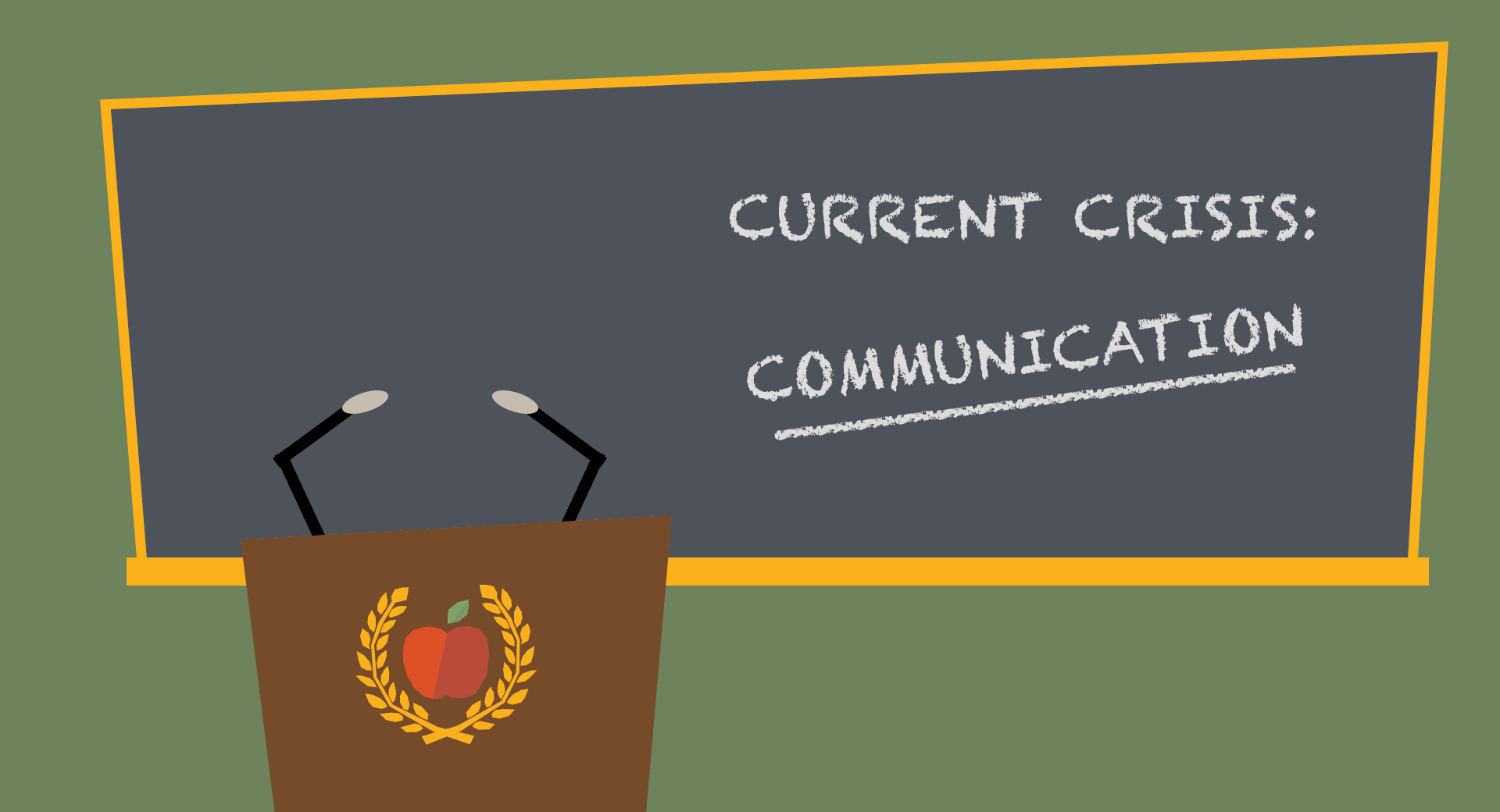K-12 Crisis Communication: What Does It Look Like Now?
BY Casey Thompson
A once-in-a-lifetime pandemic. A rapid shift to e-learning, and an upending to education as we knew it. Economic despair and illness. Social and racial injustice and tension.
We don’t have to tell you as school leaders and educators that the past two years have brought incredible degrees of uncertainty and changes. And, through all of it, schools and districts have done their best to communicate and manage the crises as best they can.
(By the way, in case no one has told you lately, you’ve been doing a great job.)
In a recent Ed Week article, principals said they were “ill-prepared” for the two major buckets that were added to already-full plates: crisis management and crisis communication. These two areas occupied considerable portions of their time, to the point where obtaining additional assistance and support for both aspects was a future priority.
When we wrote this article on the steps schools and districts should take to form a solid crisis communications plan, it was a very different educational landscape. That said, schools and districts were not immune to crises and challenges, and many of the strategies we outline—creating a centralized communications team, getting clear on the chain of command when a tragedy strikes, taking the time to create communication templates ahead of time, knowing when to release messages, and having a plan on where it should be shared—are still a critical part of general K12 crisis management.
So, what’s changed, evolved, and increased in importance when it comes to school crisis management? In our conversations and engagements with school leaders, we’ve collected six of the top lessons we’ve learned:
There’s no such thing as “too much” communication
The K12 learning environment changed frequently throughout the pandemic. The lightning-fast shift to remote learning, the gradual return to the classroom, the need to split time between home and school depending on COVID-19 case numbers—all required regular communication with students, teachers, and parents.When there are communication gaps, your school community might fill in the gaps with their own opinions and draw incorrect conclusions, or base their decisions on information they’re getting second-hand. Even if daily—or hourly!—communications for certain crises seem like it might be going a bit overboard, we promise: it’s not.
Consistency and transparency win
The most effective way to communicate about a crisis is to make sure you have a plan around the frequency of communications. If you plan to communicate once a day—or once a week—around a specific event, communicate that cadence to your school community. Stick to the schedule as best you can, and try to send your communications at the same time of day so people know when they can expect to receive information. As the crisis starts to dissipate, make sure your audience knows your communications may follow suit.In addition, focus on being honest about what you can share about a situation and what you can’t. Share as many details as you can—during stressful times, your school community might be fearful, and they might have a lot of questions. Providing as much information as you can—and being truthful about what you don’t know or aren’t able to share right now—can build trust and make people feel safer in spite of the uncertainty.
Make your communications accessible in vehicle and format
Everyone in your school community has varying comfort levels—and accessibility needs—when it comes to communication. For that reason, be sure to make your content available in different languages, and make sure the messages contain exactly the same information. This way, everyone is on the same page, and there’s less opportunity for confusion—and frustration.Don’t be afraid to leverage multiple channels to ensure information gets to your students, teachers, and parents. Email, text and SMS messaging, your school’s social media pages, your school’s website, and your parent portal—just like the notion that there’s no such thing as too much communication, there’s also no such thing as too many places to communicate.
Two-way communication is essential
At its core, crisis communication is usually one-way. A school or district has a situation, they need to get the word out about what they know—and what they’re doing—about said situation. However, seeking out feedback about how your school community prefers to get their information is vital, as it can help guide and how and where you place information related to the crisis.Independent of the feedback question, take the time to check in with your K12 school community to see how they’re weathering the situation. Through a coordinated effort—an email survey, or a phone check-in—you can get a sense for how people are doing, what resources they might be looking for, and if others are feeling the same. Having this information will not only help you shape future communication efforts, but it might prompt some new ways your school and district can help your community as you continue to shift your crisis management strategy.
Stay calm and steady, even when you’re scared, too
Crises are emotionally draining and heavy situations, no matter who you are or what your role is at your K12 school or district. When you’re a school leader, your community will look to you to be the port in the storm. They’ll take their cues from you, so keep that in mind when considering your body language, your voice inflection, and the words you choose.We’ve seen many school leaders adopt a more visual style of communication over the past few years—short videos, interactive Zoom meetings, and live conversations on their social media profiles. No matter what type of method you choose, your most important tasks is to instill confidence in your community that you’ll weathered past challenges — and you’ll get through this one together, too.
Remember our humanity, and respond with empathy
Even though clarity is the most important factor of crisis communications, we’d argue that empathy is a close second. Assuring your stakeholders that they have every right to be concerned, or that it’s easy to be fearful in a time like this, can open the gates for more meaningful discussions, offer hope to those who need it, and create a stronger school community overall.The finer points of crisis management and crisis communications haven’t changed as much as they’ve been elevated to an even greater importance. These lessons will help you and your team communicate with clarity, purpose, and consistency as you continue to navigate through COVID-19 and beyond.
Follow-up resource: Want to brush up on your communication skills to better serve students, families, and your school community? Check out these helpful articles:
How to Develop Automated Messages With HumanityWHAT'S NEXT FOR YOUR EDTECH? The right combo of tools & support retains staff and serves students better. We'd love to help. Visit skyward.com/get-started to learn more.

|
Casey Thompson Web & Digital Media Manager |




